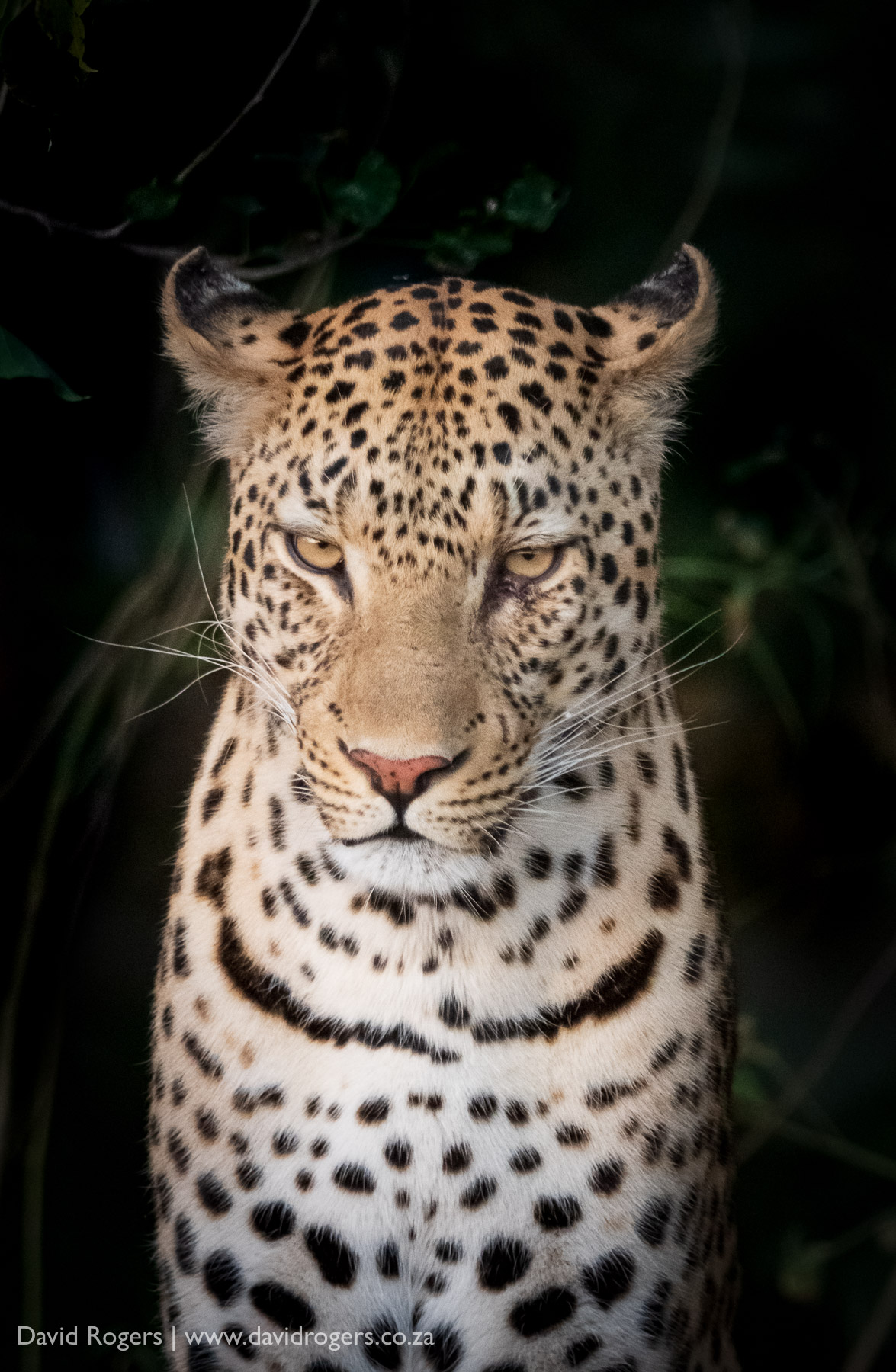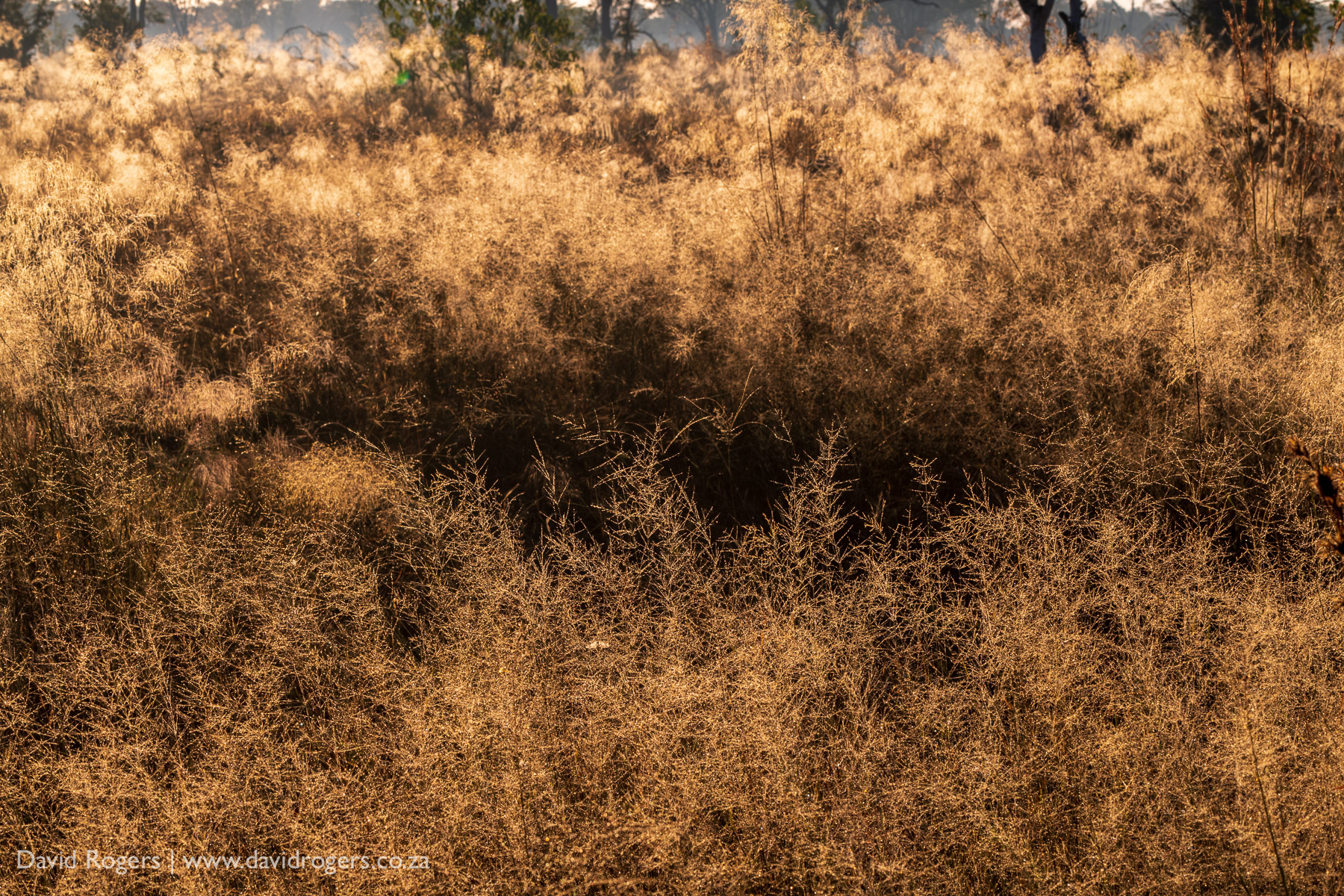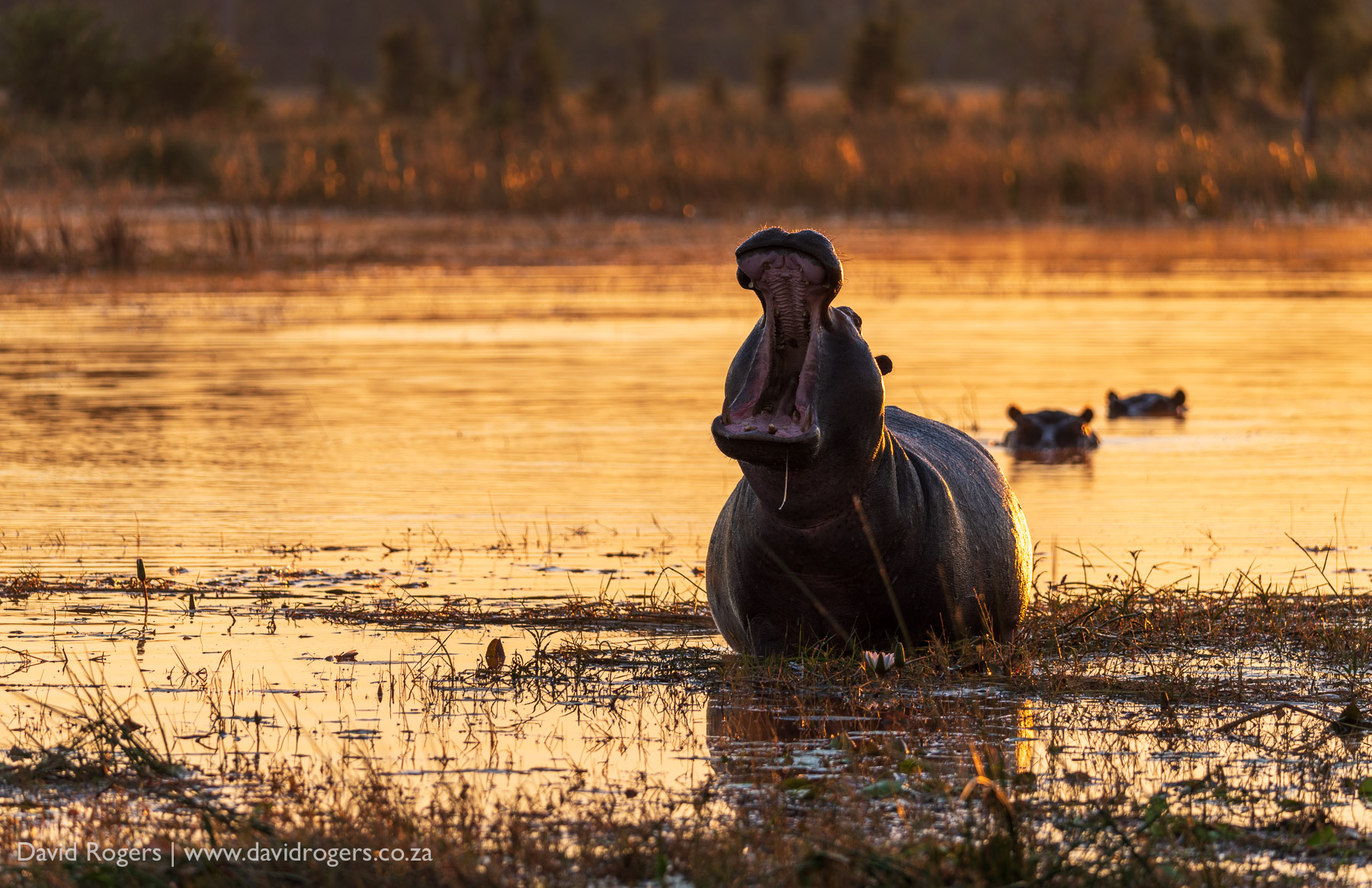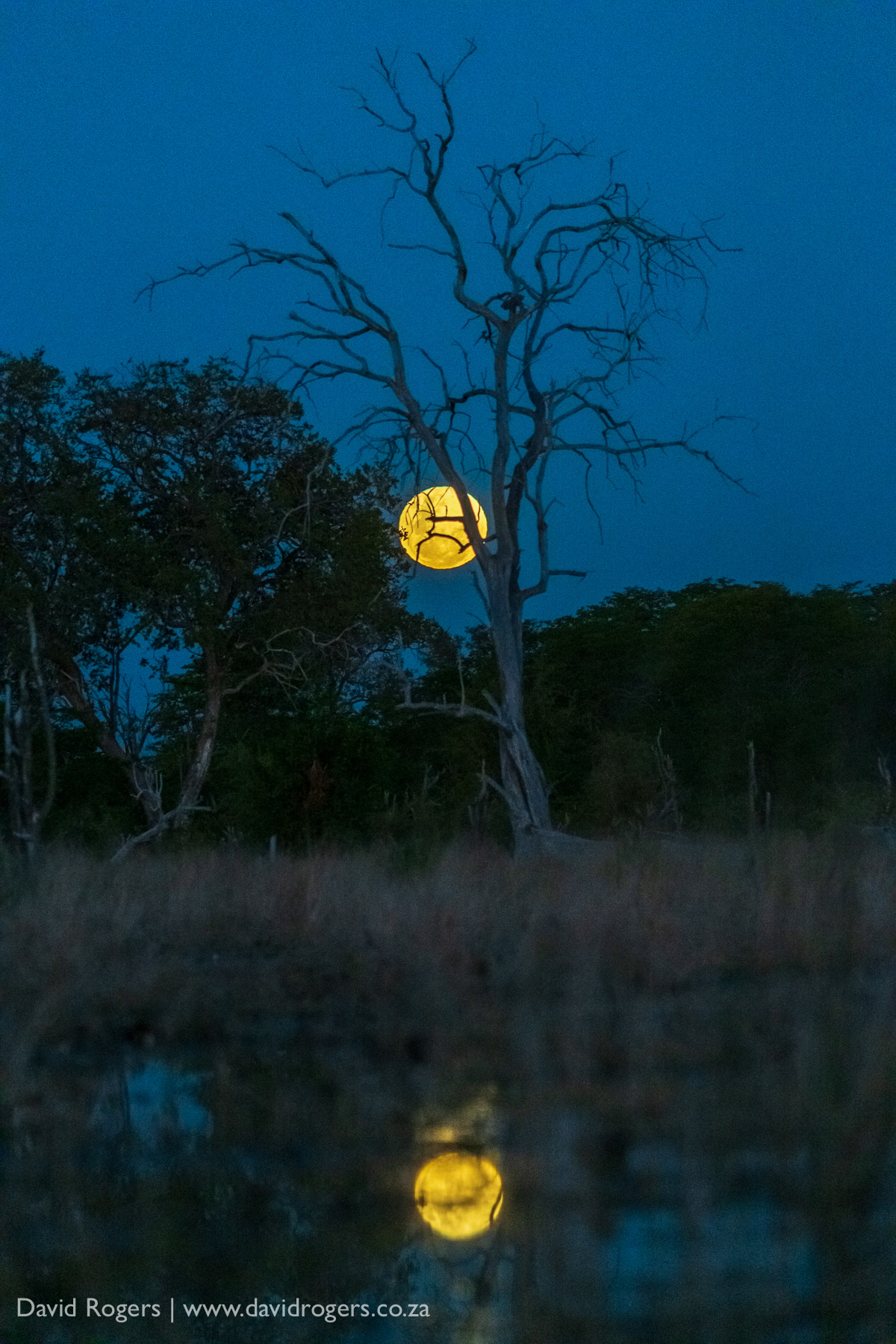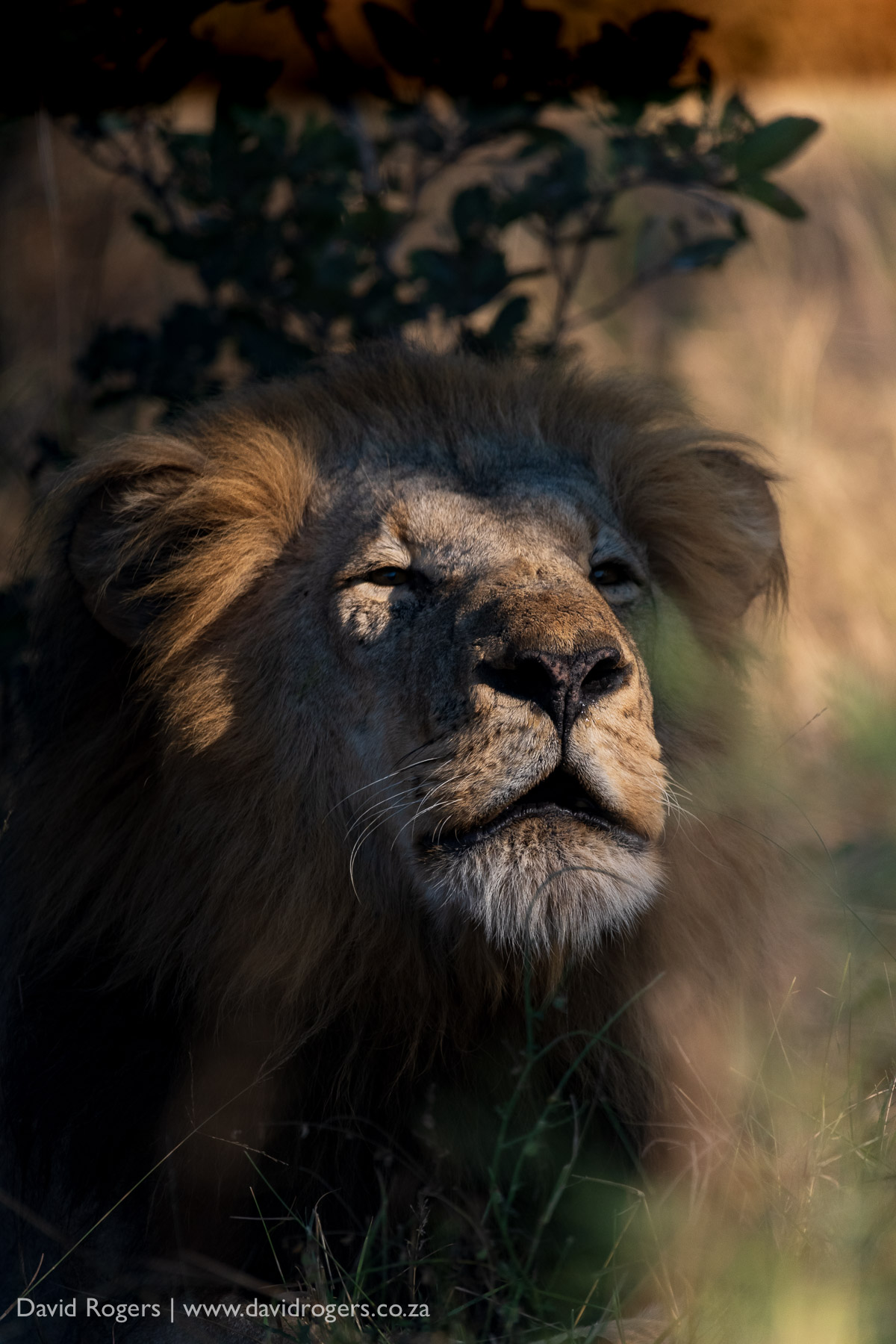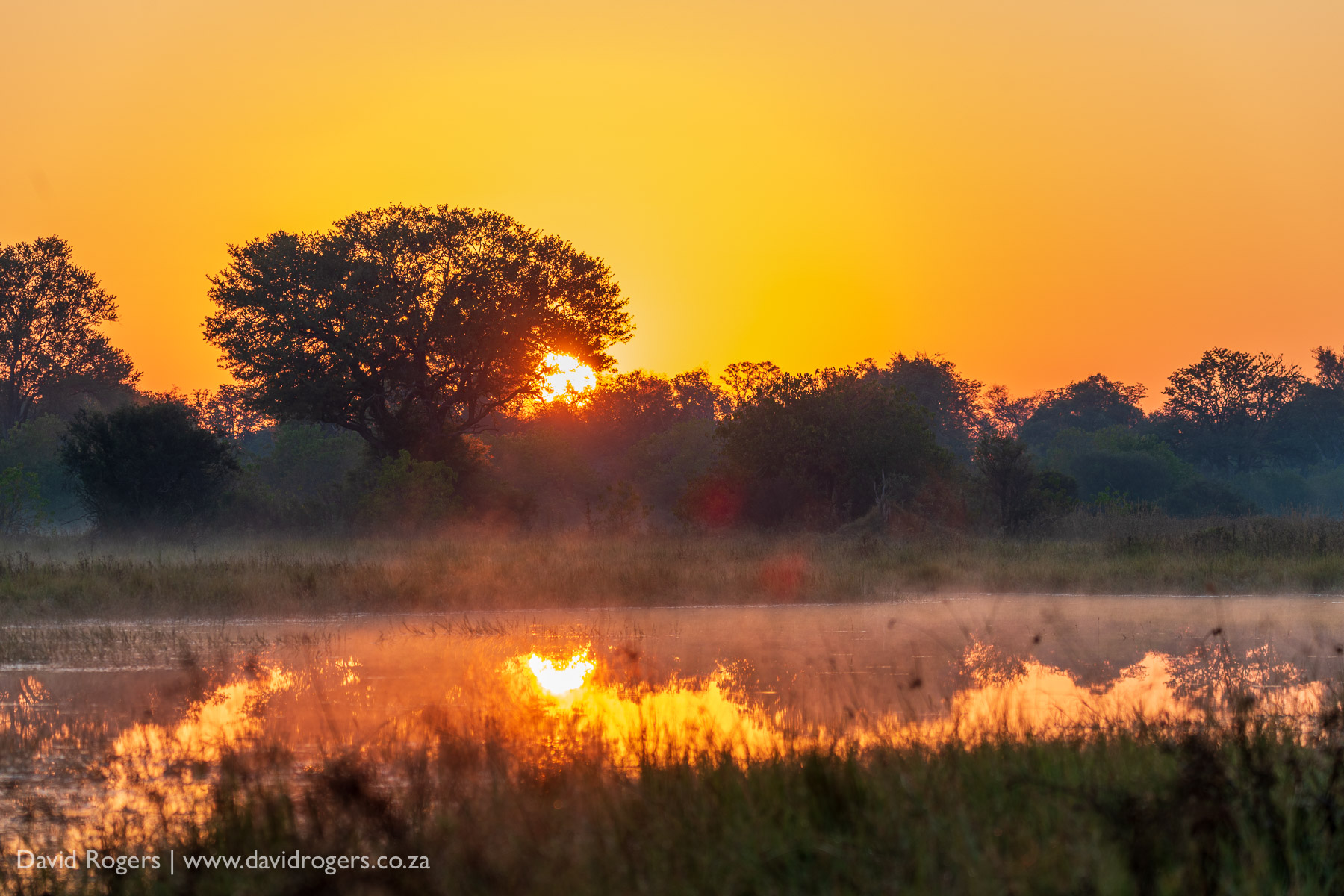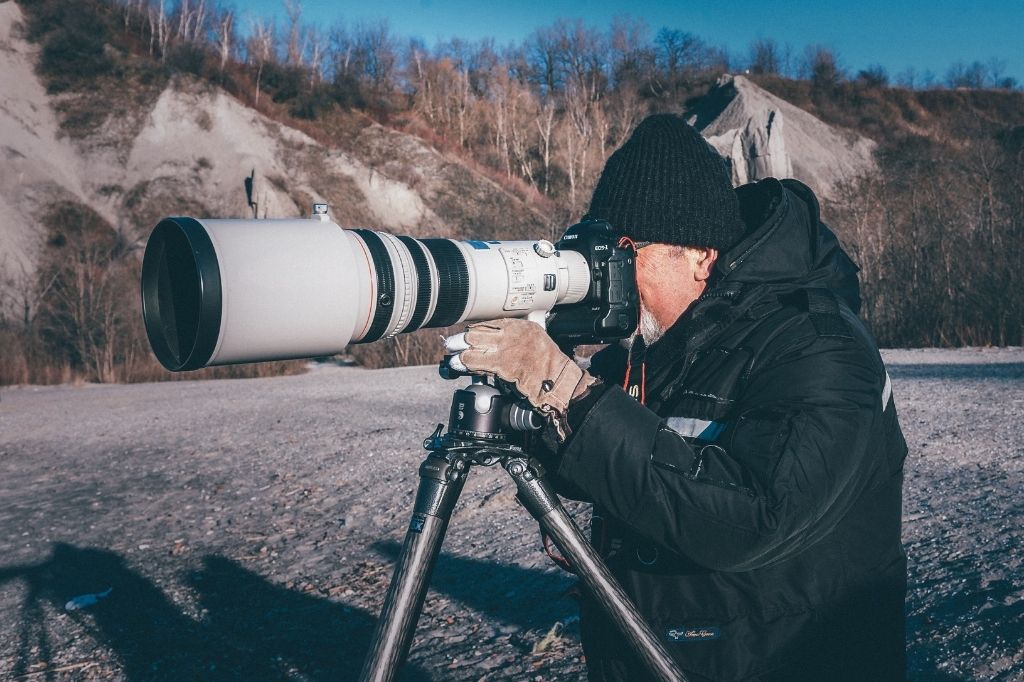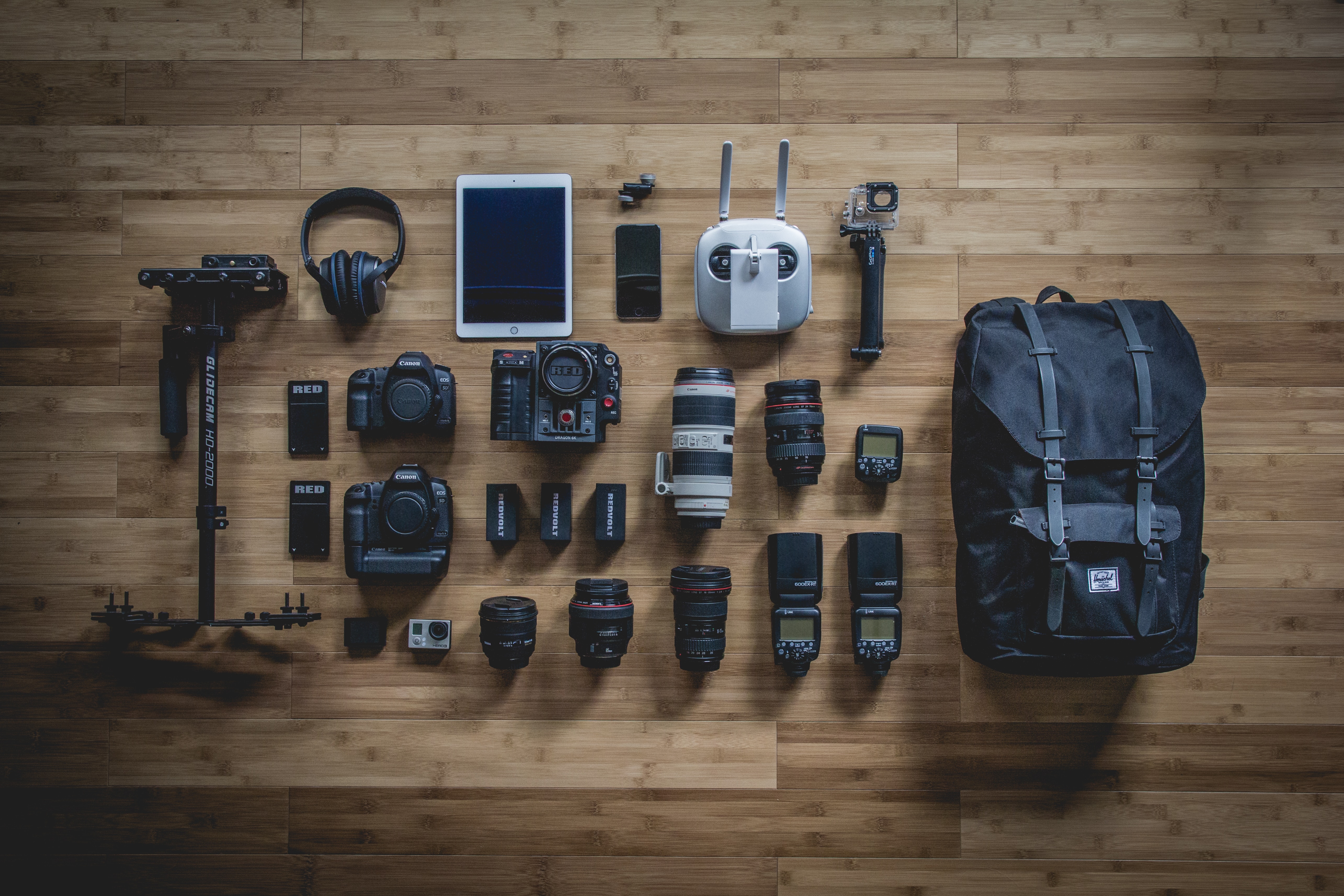We gave wildlife and landscape photographer David Rogers the Sigma 60-600mm f/4.5-6.3 DG OS HSM Sports lens to test out for a few weeks. After spending some time adventuring with the lens in Botswana, David put together this in-depth review. Keep scrolling to find out what he thought!
Article by David Rogers
I recently went on assignment to Botswana for Orms and Sigma South Africa using the Sigma 60-600mm f/4.5-6.3 DG OS HSM Sports lens. I usually travel with the Nikon 80-400 (1,3 kg) and 200-500 (2,3 kg) and being able to travel with this one lens at (2,7 kg) and cover an even wider range was a bonus. As a photo guide, where my priority is to attend to my client’s photography equipment and needs, being able to pack, travel, and shoot with one lens for 90% of the time was just groundbreaking. I could get close-up and wider shots with a twist of the wrist. For most of the time on this shoot, my second camera, a mirrorless, equipped with a wider-angle lens stayed in my camera bag.
THE BUILD AND WEIGHT
If there was a happiness index for overall less quality, I would give this lens 10/10. The lens is made in Japan and is certainly more solid than the Nikon lenses in the same range particularly the Nikon 80-400 which is flimsy by comparison. The Sigma 60-600mm is fairly heavy at 2.7 kg and you need to be sure that you are comfortable with the weight. I could pan and follow birds very easily and on a helicopter flight, I really enjoyed the benefits of shooting with one camera. I did not find the weight an issue, but a couple of women in the group were using the lighter Sigma 150-600 (1,9 kg) and they found the Sigma 60-600mm too heavy for their liking. The lens did not balance well with my lightweight Z-series mirrorless camera but with the more robust D850, it felt great. Its standard ARCA footplate integrated with my Wimberly mount and tripod collar felt really solid and firm.
QUALITY OF IMAGE
As you will see from the images that I took in Botswana, the overall sharpness and quality were every bit as sharp as my Nikon 200-500 and just so much more flexible. However, it was a little soft on the corners when shooting wide frames (60-120mm) and at wide-open apertures, but I was able to capture more images than had I been shooting with two cameras. When a flock of birds flushed into the sky, I was able to zoom wide quickly. Similarly, as leopards and lions approached from afar I was able to go from 600 to 60 very easily and get great shots. OK, it’s not going to give you the stand-out quality of an f2.8 lens or the bokeh effects you can get from a prime lens, however, the quality is fantastic.
THE GLASS AND FOCUS
The lens has 25 different elements that include 3 FLD and one SLD element. This means that its corner to corner sharpness through the focal range is a priority for the builders of the lens This lens is basically a wildlife tool with the bonus of being able to shoot wide. At 600mm it was really very sharp especially if you shoot at a decent aperture of f8 or more. And given the ability to step up ISO to 4000 or more (quite acceptable with the D850) it’s possible to shoot at a decent aperture even in low light. Since landscapes don’t move, I always had plenty of time to get the second camera out of the bag for pin-sharp wider shots.
My overall impression of this lens was that it’s sharp, covers a wide zoom range, and has excellent stabilization (rated as 4 stops) allowing for easy handheld shooting.
SETTINGS
The lens comes with two stabilisation settings — of which I tend to use Setting 1 which offers good vertical stabilisation, which does not affect panning. It also comes with a focus limiter which is not something that I bother with too much. There’s also a manual override which allows you to lock focus even when using Continuous focus. This feature may be useful for some photographers, however as I tend to use back button focus most of this time, this was not that useful.
THE FUNCTION
I missed a few shots because the zoom rotation worked the reverse of Nikon, however, I got used to this fairly quickly. The lens, which has a pumper zoom, was well sealed and dust sucking did not appear to be an issue. All of the focussing occurs internally and this also adds to the speed of focus. Amazingly the lens is able to focus at just over half a meter at 60 mm and at less than 3 meters at 600 mm. At 600 mm it was a little hard to grab focus especially for darker subjects, but this could be the same with any lens of this length.
CONCLUSION
As a Nikon user for more than 40 years, I have always worked with branded Nikon lenses as they promised the highest quality and build. Sigma has been chomping at Nikon heels for many years and, in 2011, was sued for infringing on Nikon VR technology. Some Sigma Art lenses are said to be even better than Nikon and I am interested to try them out too. On a happiness level, this lens scored 10/10. I was also really impressed with the sharpness, particularly at the high end. It is a game-changer for wildlife and sports photographers wanting to work with just one camera. If you want to blow your images up airport size then you might see the effects of quality on the edges. However, if you are not a pixel-peeper and printing normal poster size or smaller you will find that this lens is going to provide really impressive prints. Considering that it’s really two lenses in one and could save you the price of an extra camera body plus lens the price of R30 895 is extremely good value. It was launched in October 2018 and also comes with fittings for Nikon and Canon.
Shop the Sigma 60-600mm f/4.5-6.3 DG OS HSM Sports Lens for Nikon F-mount on Orms Direct.
